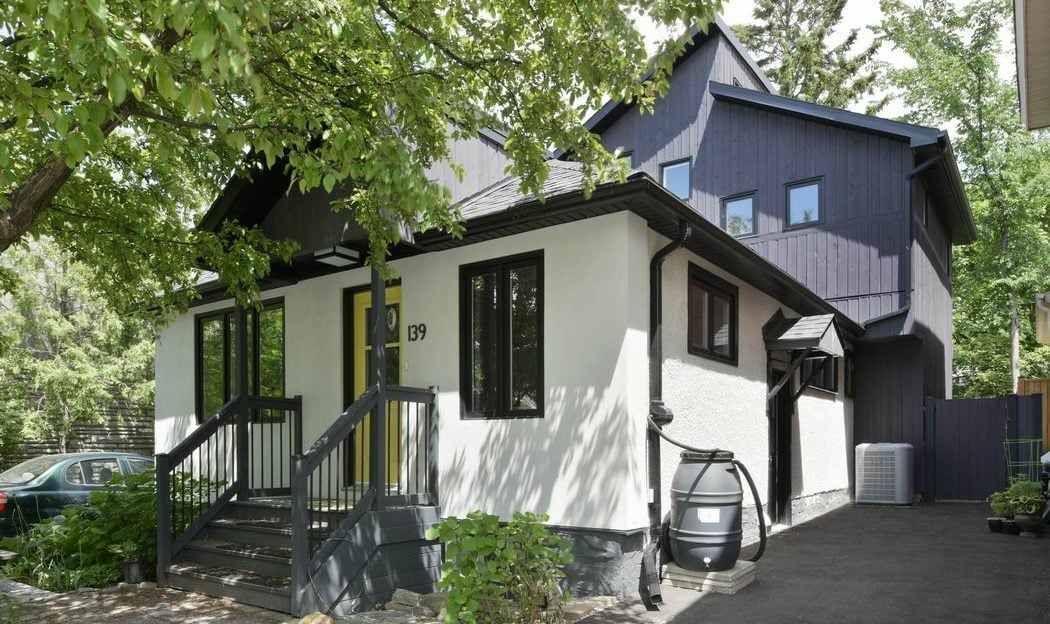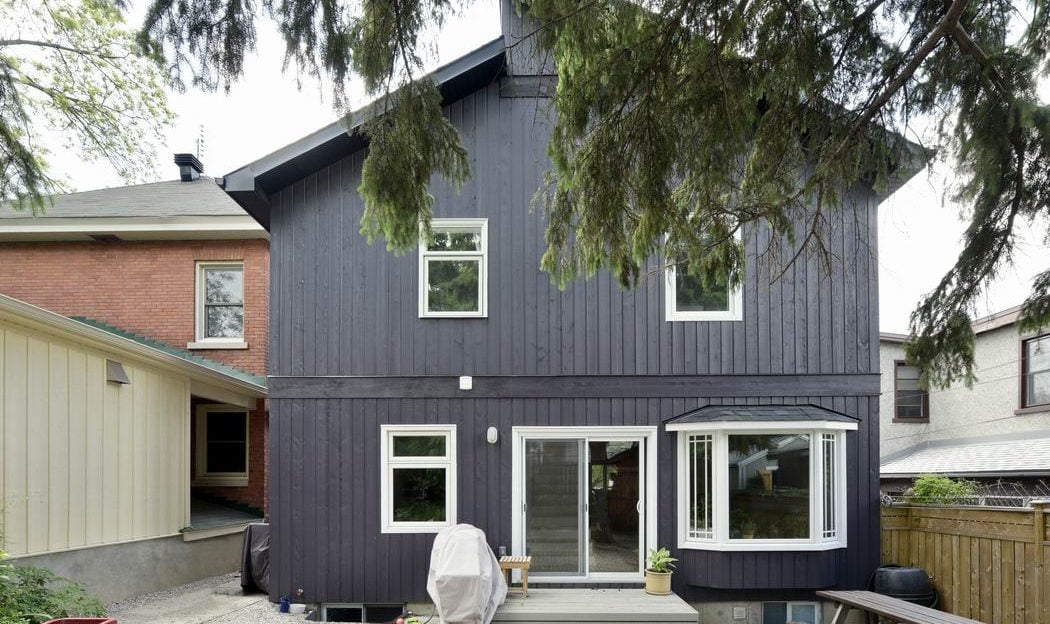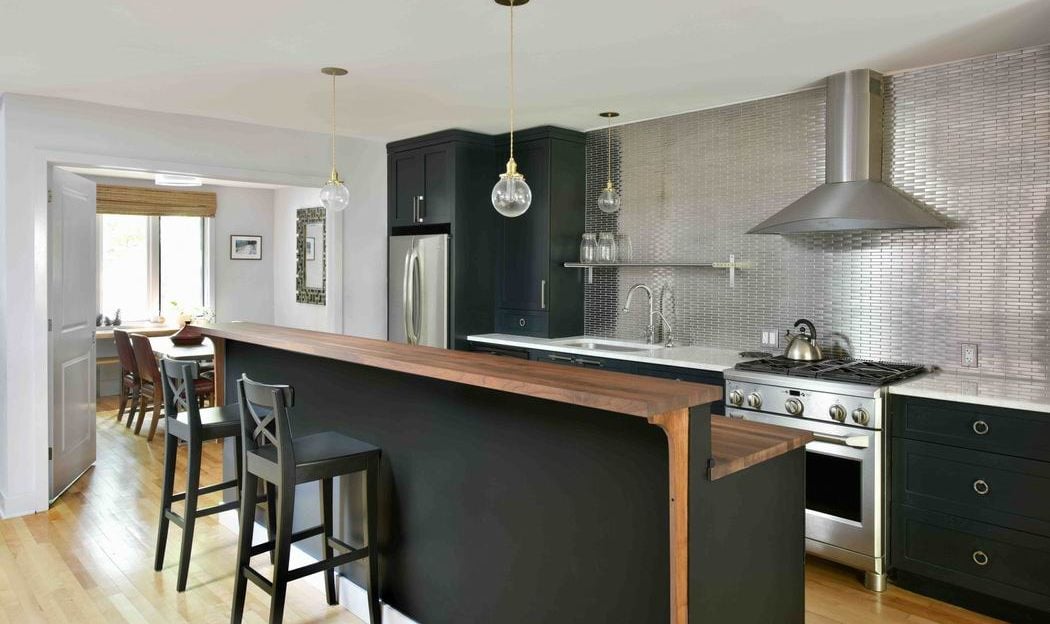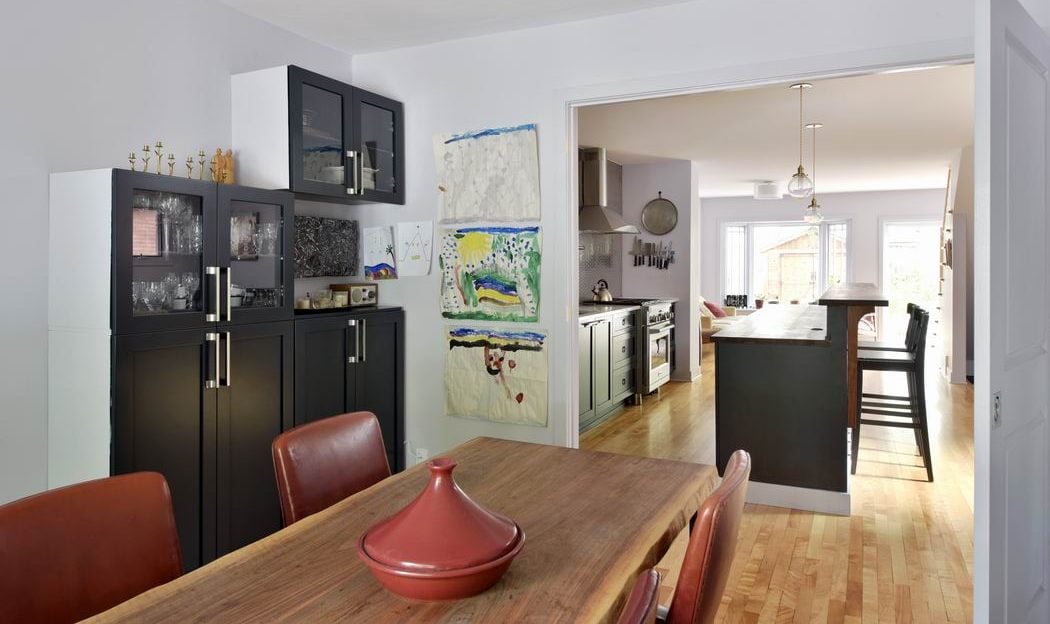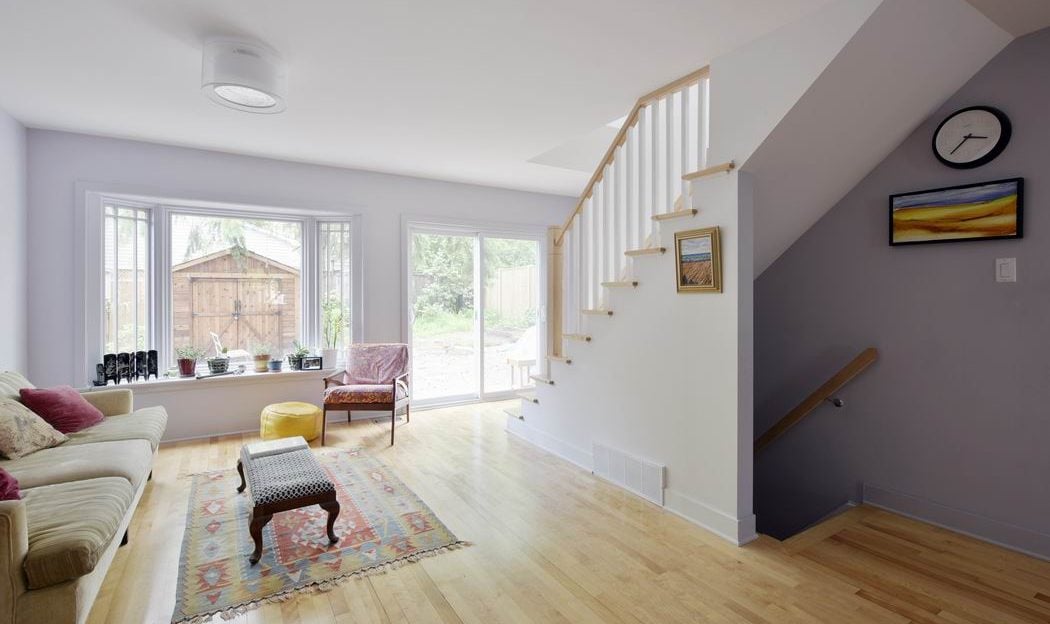While construction will be a large portion of your renovation investment, renovation design adds value as well. Just an extra seven to 15 per cent for design can create exponential value, if you keep a few important things in mind.
- Hire a designer with whom you have a good rapport. It’s a little bit like hiring a midwife: You need to trust they are committed to the best interests of your family and that your needs will be truly listened to. Then, if you can let go and defer to them, even better.
- Take the time to do design programming. This is a discovery phase aimed at clearly understanding what you need your home to do and why and should be done before exploring solutions. We take this step a bit further by encouraging you to make sure every decision aligns with your values. (For some of our design programming exercises, send us an email at wishlist@mkdb.ca.)
- Respect the art of compromise. The art of design is in not only finding harmony among the elements, but also letting go of some of them. When I see an element that doesn’t quite work I usually hear something like, “The designer didn’t think it was a good idea but we really wanted it so they made it work.”
Case study in how renovation design adds value
If you’re going to renovate, but something doesn’t feel right about the plan you have in place, that’s a good indication you need to step back and take a second look. That’s what happened with this project in Old Ottawa South, where the homeowners were hesitating with the design they had and just not feeling excited about it.
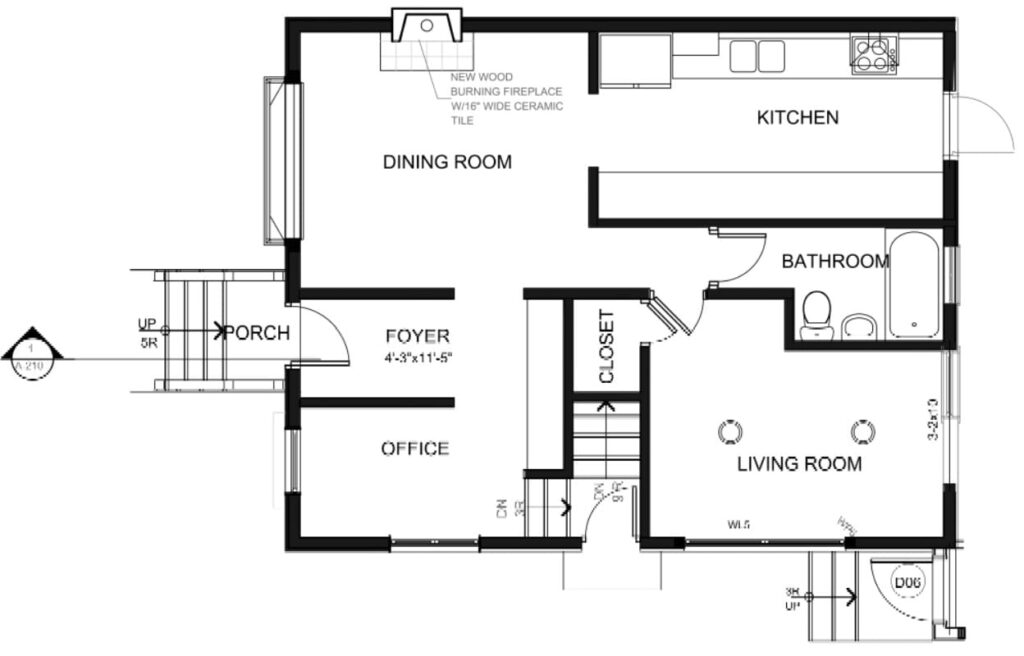
The floor plan before renovations.
To save money, the initial plan did not include a renovation of the existing space, it simply added an addition on the back. This led to a lot of decisions that exponentially devalued the investment, such as the bathroom and laundry room being placed in a prime location that offered the most natural light and a connection to the backyard.
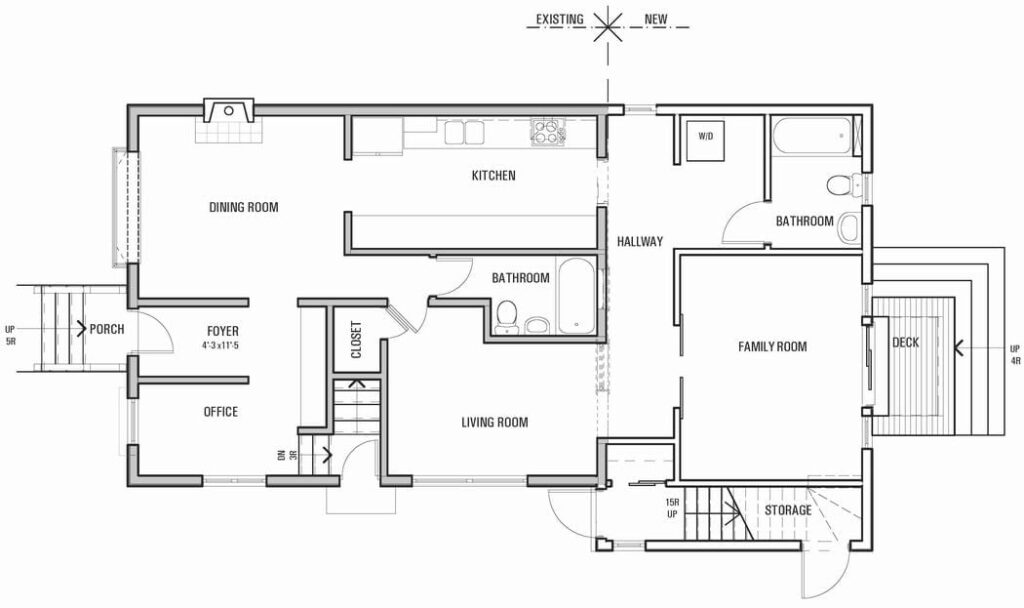
The original plan left the existing space as is and simply added on.
Offering that second look, we suggested instead that the existing house be renovated and a two-storey addition added. That way, we were able to open up the whole back of the house to embrace the outdoors and welcome in the light.

The new main floor redesigned and with an addition.
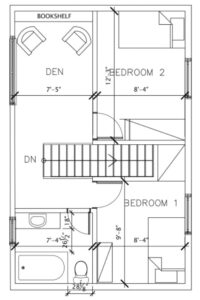
Second floor of the new addition.
We kept a bedroom and full bath on the main floor and provided a layout that allows for a lot of flexibility in the other living areas. For example, the front room, which is currently a dining room, has a passage for when it may be converted into a home office. If that happens, then the area across from the kitchen can easily become the dining room.
Wise design allows for this kind of flexibility so your home can grow with you – and add value.
